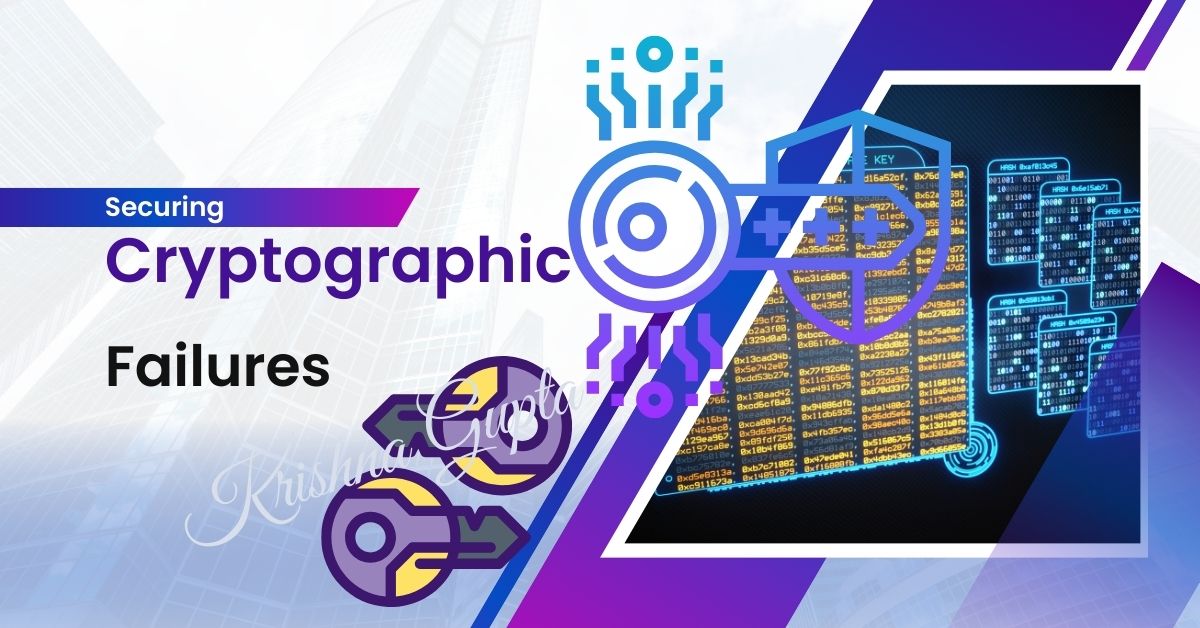The OWASP Top 10 (2021): Cryptographic Failures
Cryptographic failures occur when sensitive data is not adequately protected during storage, transit, or processing. These failures can arise from the use of outdated encryption algorithms, insecure storage of cryptographic keys, or improper implementation of encryption protocols. The vulnerabilities often stem from either a lack of awareness or neglect of best practices, leaving data exposed to unauthorised access. In the digital age, protecting sensitive data is not optional—it is a business imperative. Cryptographic failures are not merely technical flaws; they carry significant financial, legal, and reputational risks. By adhering to best practices, leveraging modern tools, and staying informed about evolving threats, software developers can safeguard data against adversaries and ensure compliance with stringent regulatory standards.

